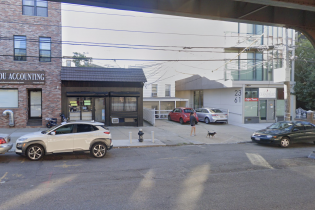Everything You Wanted to Know about New Rat Czar of NYC
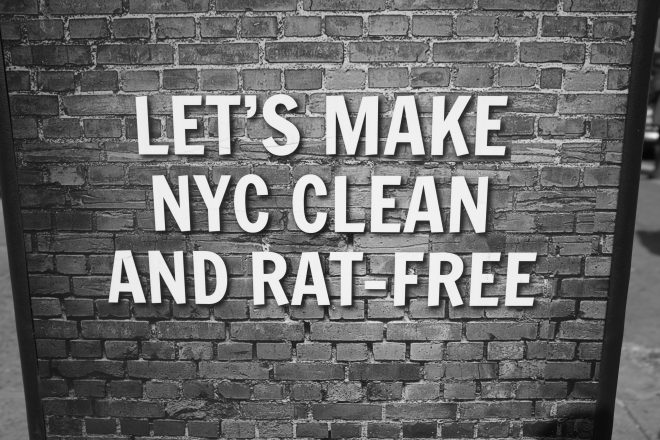
In the grand tapestry of New York City, there’s an element that often remains hidden beneath the glittering lights and bustling streets – rats. These resilient rodents have carved their niche in the city’s narrative, scurrying through subways, alleys, and even parks. As a response to this age-old challenge, the city has unveiled an intriguing, albeit unconventional, solution – the new Rat Czar of NYC.
The Arrival of the Rat Czar

The title “Rat Czar” might sound like a whimsical creation, something out of a satirical movie, but it’s far from it. The role of the Rat Czar, officially known as the Director of Rat Reduction, holds a significant position within the New York City Department of Health and Mental Hygiene (DOHMH). This appointment signifies the city’s unwavering commitment to addressing a seemingly intractable issue head-on, embracing a novel and multifaceted approach.
A Comprehensive Role
The responsibilities of the Rat Czar encompass a spectrum of activities, all geared towards tackling the rat population that thrives in the city’s hidden corners. From devising and executing strategies to control rat infestations to collaborating with various city agencies and departments, their role extends far beyond the titular moniker. It’s about orchestrating a holistic approach that involves the city’s communities, agencies, and innovative methodologies to create a cleaner, healthier urban environment.
The Candidate
Step Forward, Kathleen Corradi. This former elementary school teacher and anti-rat activist has been tasked with taking on the local vermin population. “You’re going to be seeing a lot more of me, and a lot less rats,” she said. That’s the kind of fighting talk that this task requires!
Kathleen Corradi’s professional journey has been marked by a profound commitment to public service. With a background in urban planning and environmental management, as well as experience as a teacher, Corradi has navigated complex challenges in various capacities. Her career has included pivotal roles in city governance and community engagement, where she harnessed her expertise to spearhead initiatives focused on sustainability and quality of life. Corradi’s appointment as the first citywide director of rodent mitigation, or ‘rat czar,’ underscores her dedication to enhancing the urban environment and addressing longstanding issues with innovative solutions. Her multidisciplinary approach reflects a passion for creating vibrant, healthier cities for all.
Rats: An Age-Old Challenge
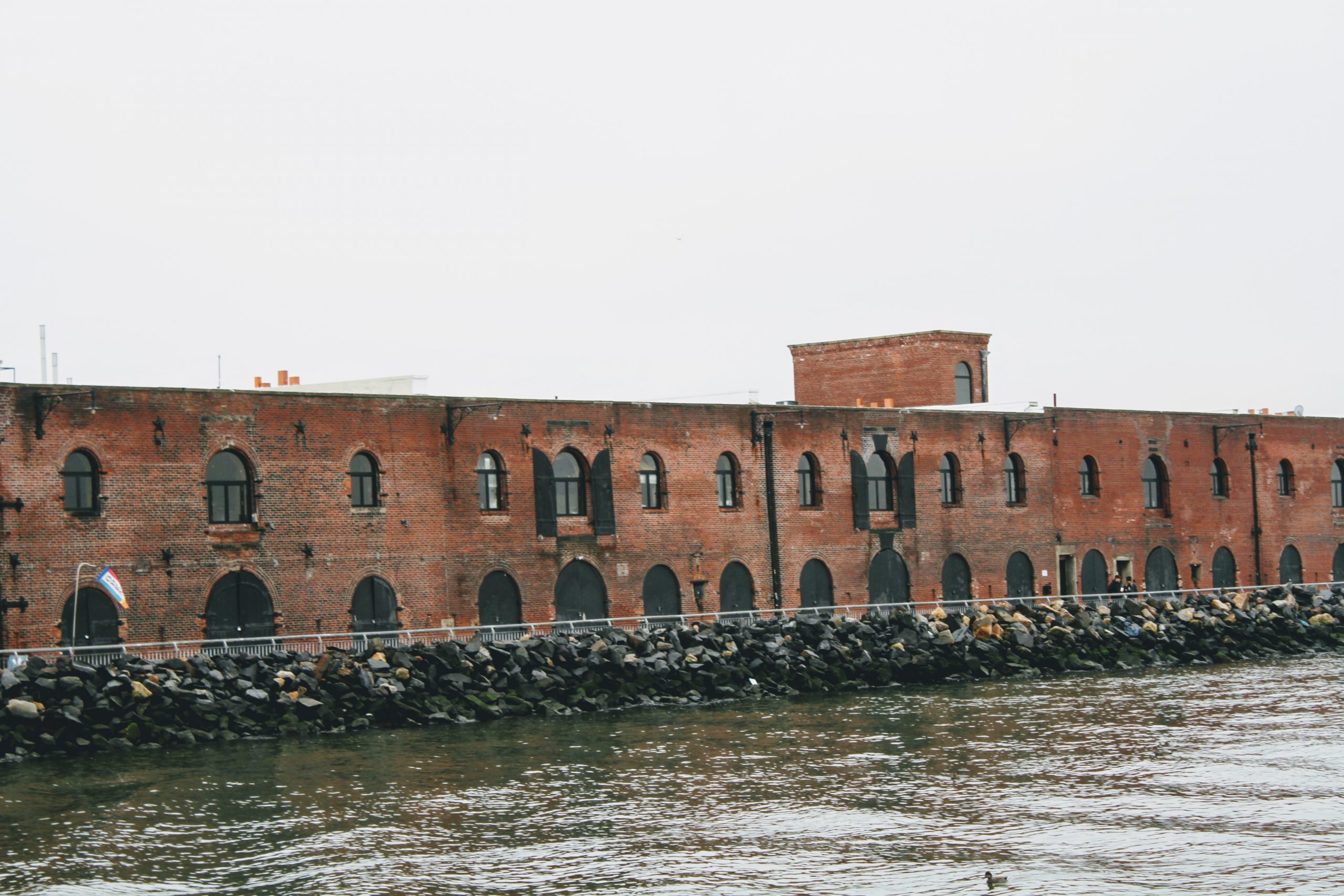
The rat problem in New York City isn’t a recent phenomenon. It dates back to the city’s earliest days, intertwining with its history of growth and urbanization. The brown rat (Rattus Norvegicus) probably moved in with cargo ships or with livestock. During the 19th century, as New York City underwent rapid urban development, its inadequate waste management practices inadvertently created an ideal haven for rats. Despite efforts to curb the issue over the decades – from introducing trash compactors to educating the public about responsible waste disposal – rats have managed to persist.
Throughout the 20th century, various strategies were deployed to combat the rat infestation. From rudimentary traps to toxic poisons, the city’s efforts were met with limited success. Rats adapted to changing conditions, making themselves at home in subway tunnels, empty lots, and even sewers. Their resilience was a testament to their remarkable ability to thrive in an urban environment.
Recent Efforts
In the 1990s, Mayor Rudolph Giuliani established a task force and even introduced the “rodent academy,” a boot camp aimed at training individuals to combat the city’s rat problem. However, despite these endeavors, rat populations persisted, leading to widespread public frustration.
Mayor Bill de Blasio’s tenure saw the allocation of significant funds – over $30 million – toward rat reduction initiatives. Despite the introduction of innovative methods such as dry ice suffocation of burrows, the challenge endured. Rats, known for their rapid reproduction and adaptability, continued to outpace conventional solutions.
Strategies in Action
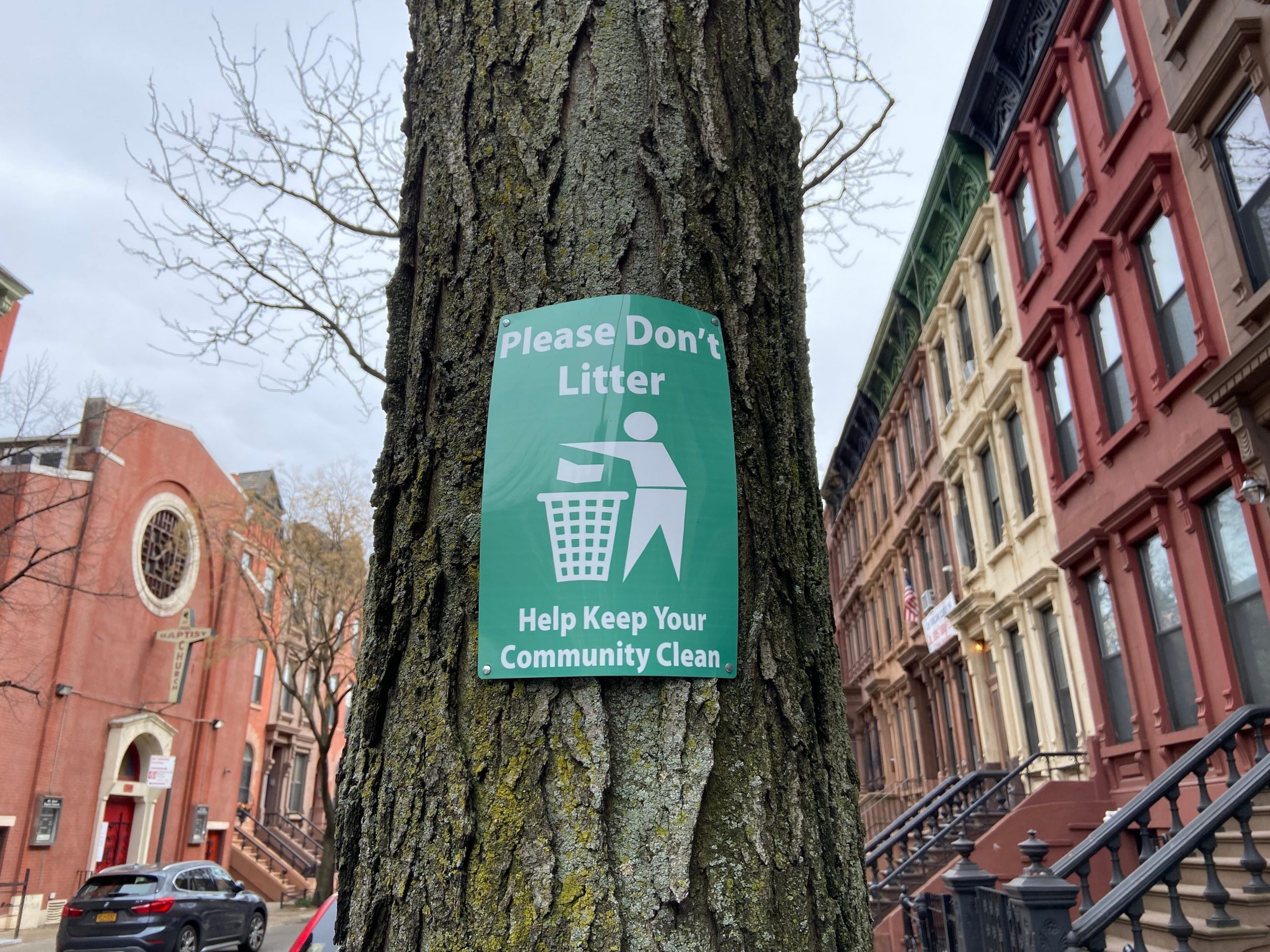
The establishment of a Rat Czar is a testament to the city’s willingness to explore unconventional avenues to address urban challenges. Instead of succumbing to the status quo, New York City has embraced innovation in its efforts to create a cleaner and more hygienic environment for its residents. The Rat Czar’s role reflects the city’s proactive stance in redefining how it approaches persistent urban issues, indicating that even long-standing problems can be met with fresh and resourceful solutions.
The Rat Czar’s Arsenal
The Rat Czar doesn’t wield a magic wand, but their toolkit is equally fascinating. Armed with data-driven insights, they identify high-risk areas where rat populations thrive. Their strategies involve intensifying inspections of public spaces, analyzing patterns, and implementing advanced pest control methods. These methods range from eco-friendly extermination techniques to innovative waste management practices. By harnessing data and strategic insights, the Rat Czar aims to maximize the impact of rat reduction efforts by allocating resources where they’re most needed.
Community Participation
Community engagement is integral to any urban initiative’s success, and rat reduction is no exception. The Rat Czar collaborates closely with neighborhoods, local organizations, and businesses to foster a sense of shared responsibility. Public participation plays a pivotal role in effectively implementing strategies, ensuring that the efforts are not only efficient but also reflective of the community’s needs and concerns.
A Complex Landscape
Yet, the path to rat reduction isn’t simple.
The battle for rat reduction in New York City has been marked by persistent challenges that have thwarted conventional efforts. Rats’ adaptability, rapid reproduction, and uncanny ability to find sustenance amidst urban waste have posed formidable obstacles. Traditional methods such as traps and poisons often yield limited success, as rats have developed resistance and learned to avoid these measures.
New York Rats
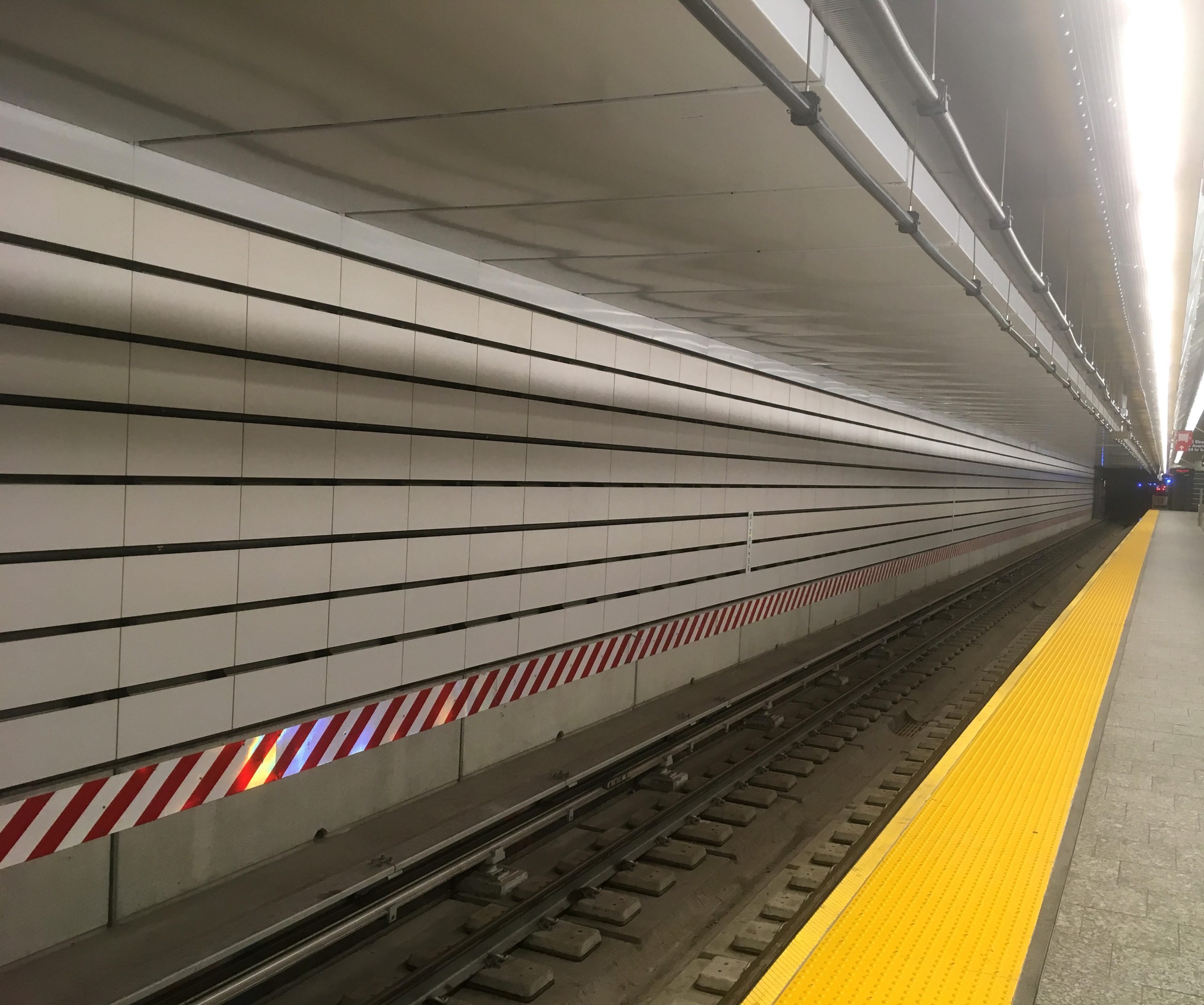
Moreover, the city’s complex infrastructure, with its intricate network of subways, tunnels, and underground spaces, provides rats with ample hiding spots and transit routes, making eradication a complex task. The transient nature of rat populations further complicates matters, as rats can easily relocate to evade control efforts.
The rat problem intersects with broader urban challenges like waste management and overcrowding. In areas with limited resources, addressing rat infestations competes with other essential priorities. Furthermore, the rat issue extends beyond the city’s jurisdiction, as rats don’t adhere to political boundaries. Rat populations, known for their transient nature, demand adaptive strategies that can evolve as the rodents do. Balancing the prioritization of rat reduction with other pressing urban concerns is yet another intricate aspect that the Rat Czar must navigate.
Measuring Success, Progress, and Perception

The appointment of a Rat Czar marks a chapter in the ongoing evolution of New York City. It signifies the city’s readiness to confront persistent issues with creativity and determination. Beyond simply addressing a pest problem, the Rat Czar’s role mirrors the city’s commitment to fostering a healthier, cleaner, and more sustainable urban environment.
The Rat Czar’s success will likely be gauged not only by the reduction in rat populations but also by a shift in public perception. As neighborhoods witness tangible improvements, community confidence in rat reduction efforts may soar. Increased public awareness and education regarding responsible waste management practices can contribute to sustained progress.
When asked about who he wanted for the role, Mayor Adams said someone “Bloodthirsty,” with “Killer Instincts.” Kathleen Corradi is such a person, he believes. He went on: “Kathy has the knowledge, drive, experience, and energy to send rats packing and create a cleaner more welcoming city for all New Yorkers. Beginning with this $3.5 million investment toward rodent mitigation in Harlem, Kathy will take the lead on our multi-agency effort to test new mitigation techniques, expand outreach and education efforts, and increase maintenance and remediation work. The rats are going to hate Kathy, but we’re excited to have her leading this important effort.”
Anticipating a Cleaner Tomorrow

As the Rat Czar embarks on this unique journey, the city watches with anticipation. The goal is to create a New York City where rats are no longer an omnipresent part of daily life, but rather an anomaly of the past. The task is great, and is sure to be a difficult fight. There are, after all, quite a few rats in NYC. But total elimination would not be the only version of success—New Yorkers know the job will take time, and that every single fewer rat on the streets is a good thing.
The Rat Czar’s endeavors encapsulate the city’s resilience and determination to conquer urban challenges through innovative means, reaffirming New York’s reputation as a global hub of innovation, one rodent at a time.
- Categories:
